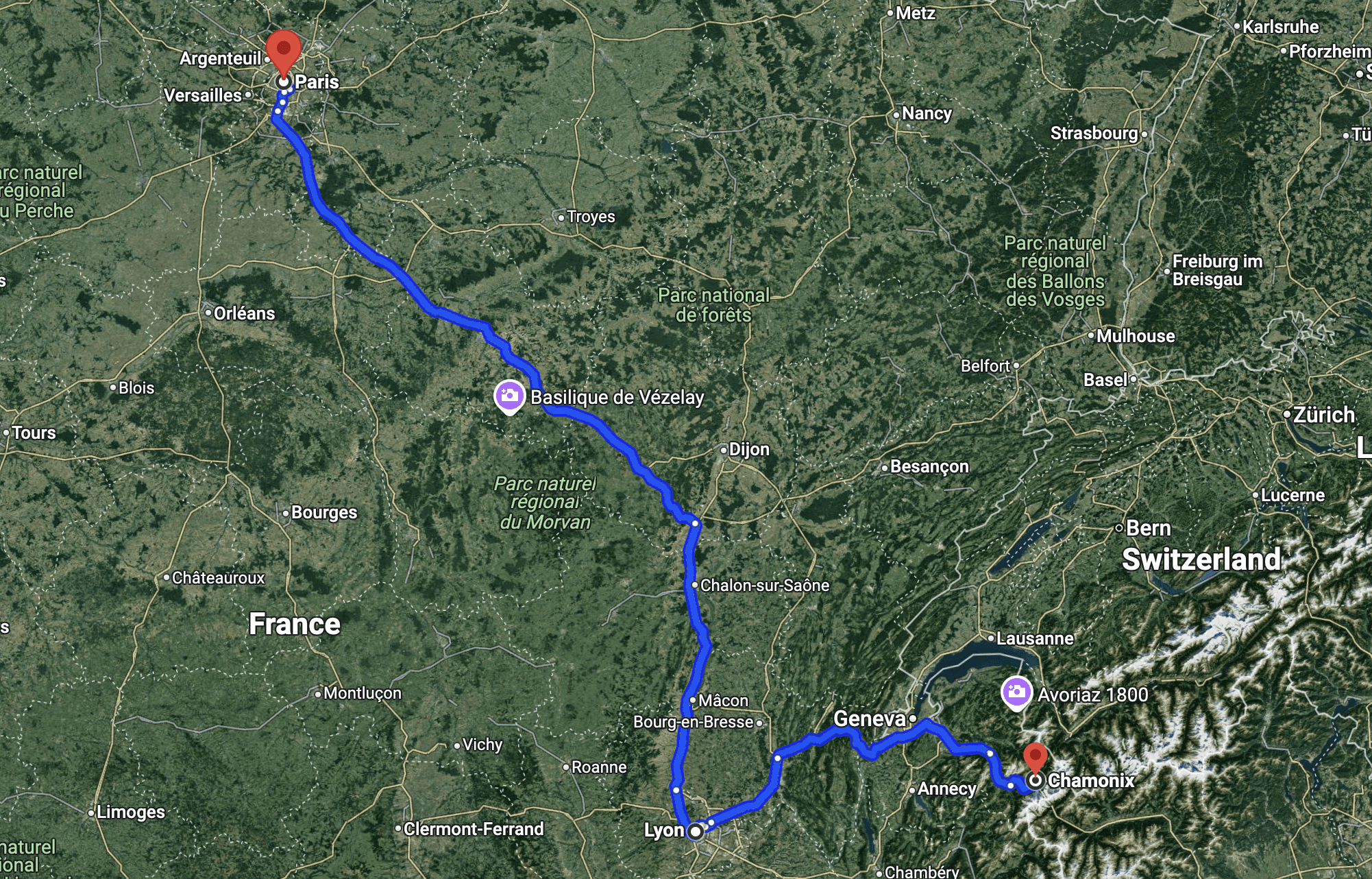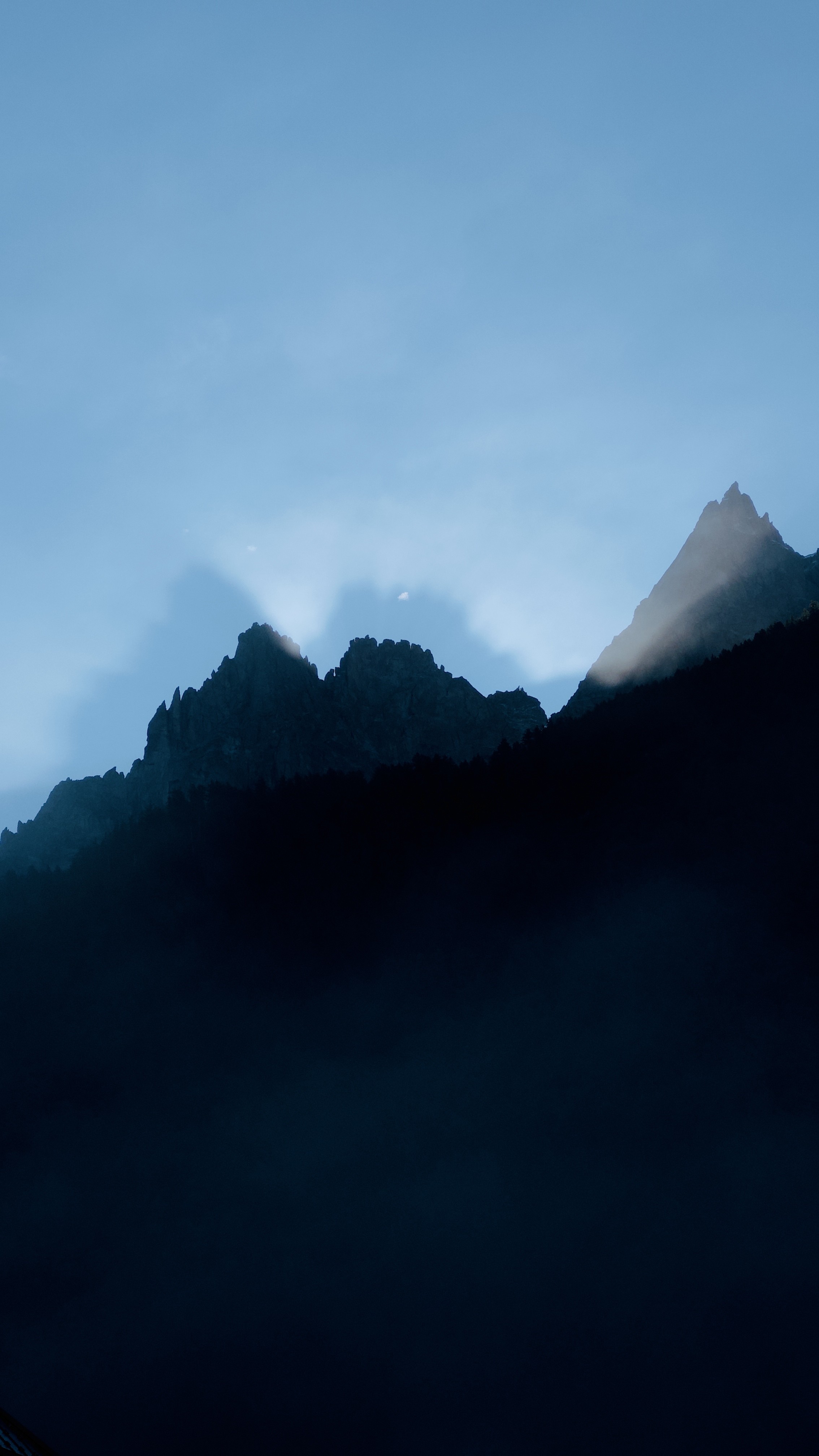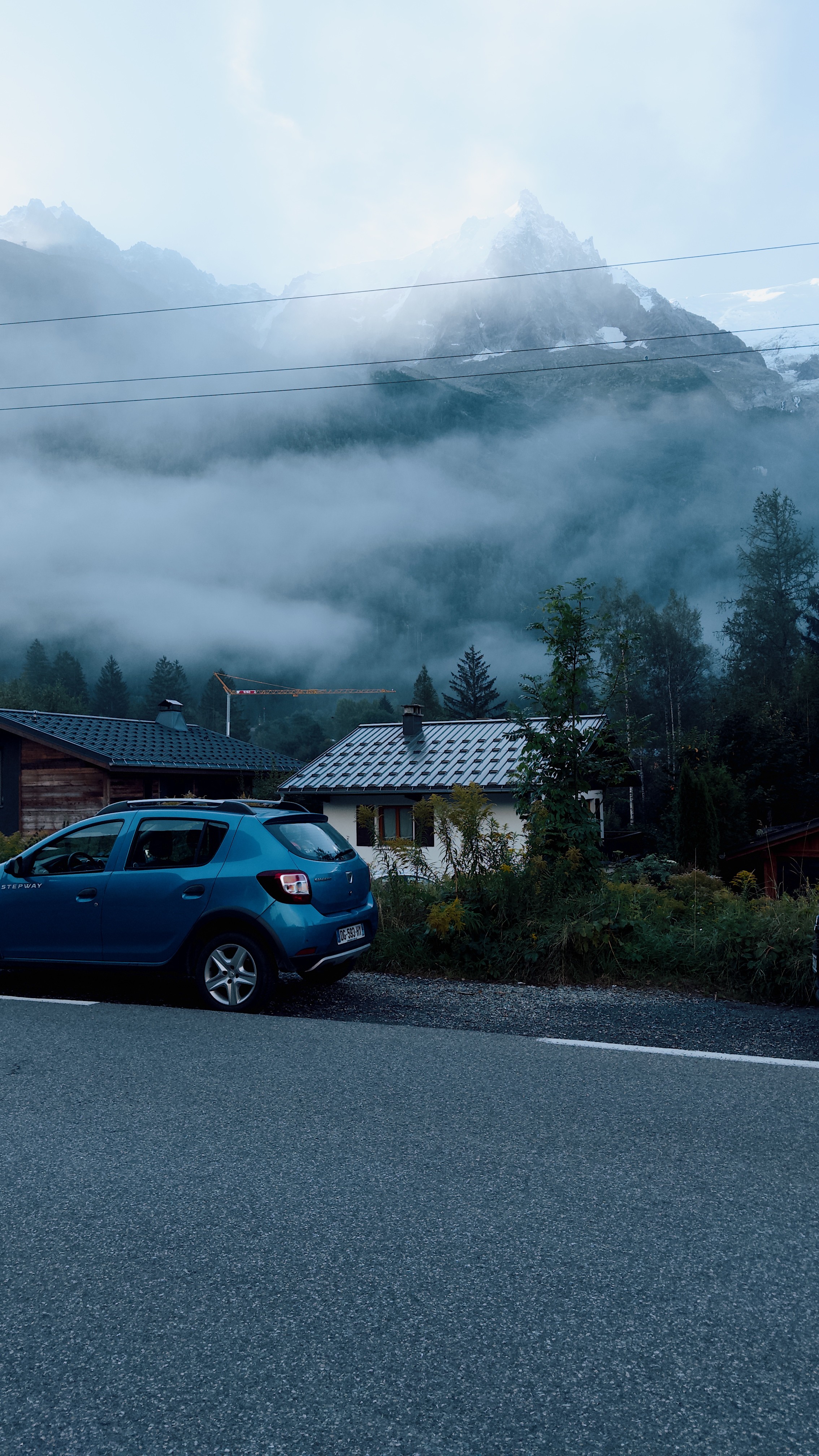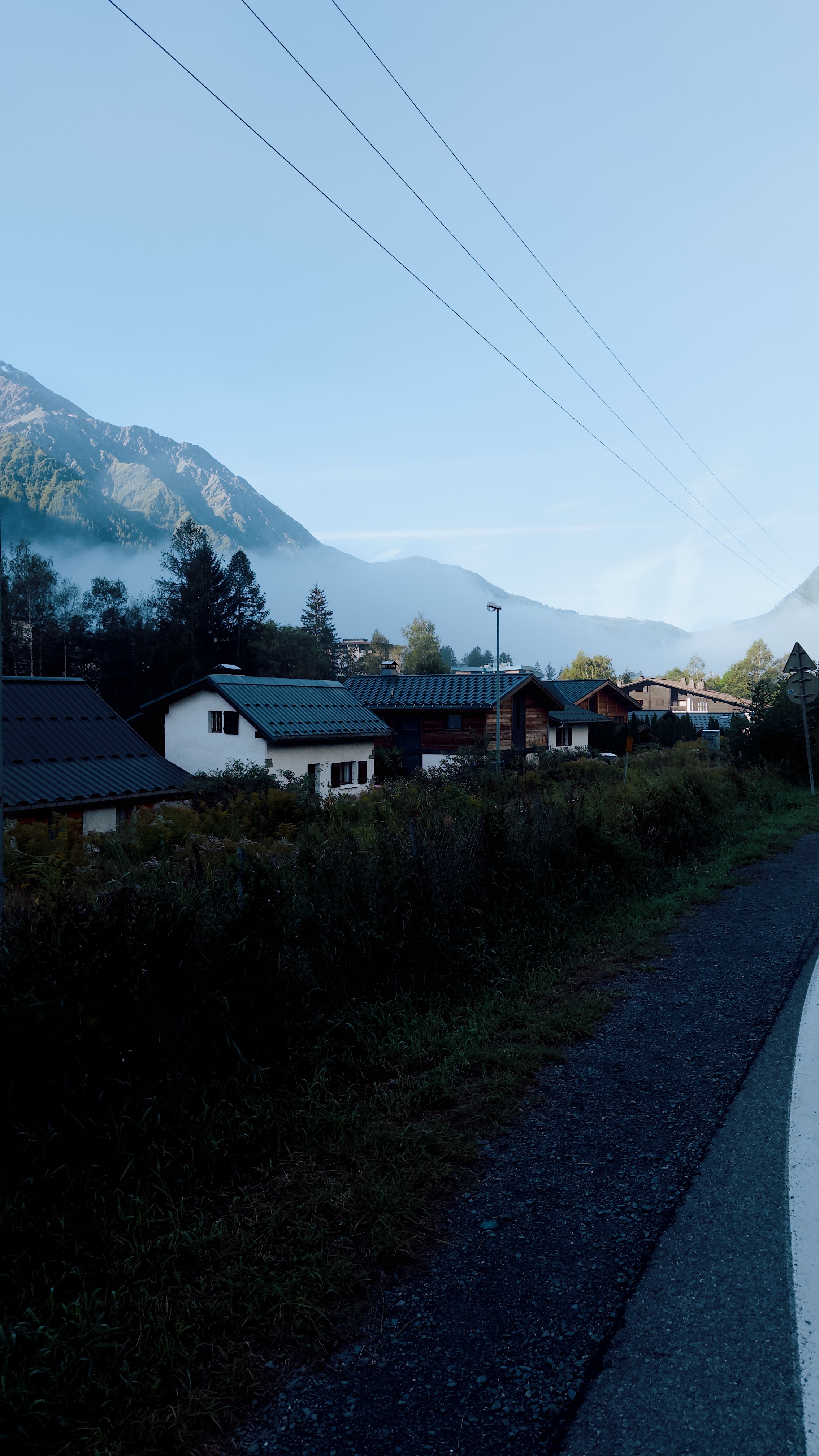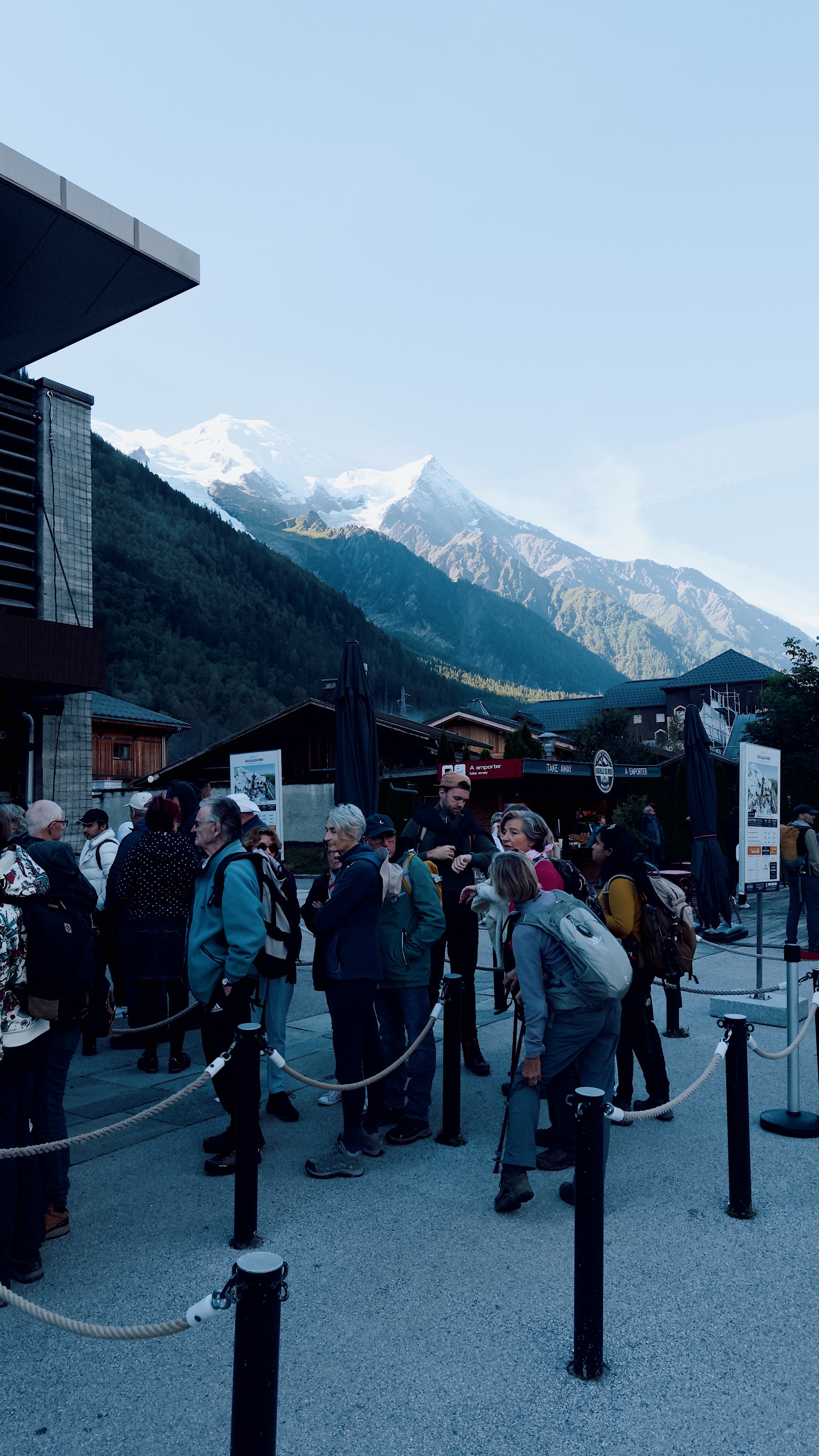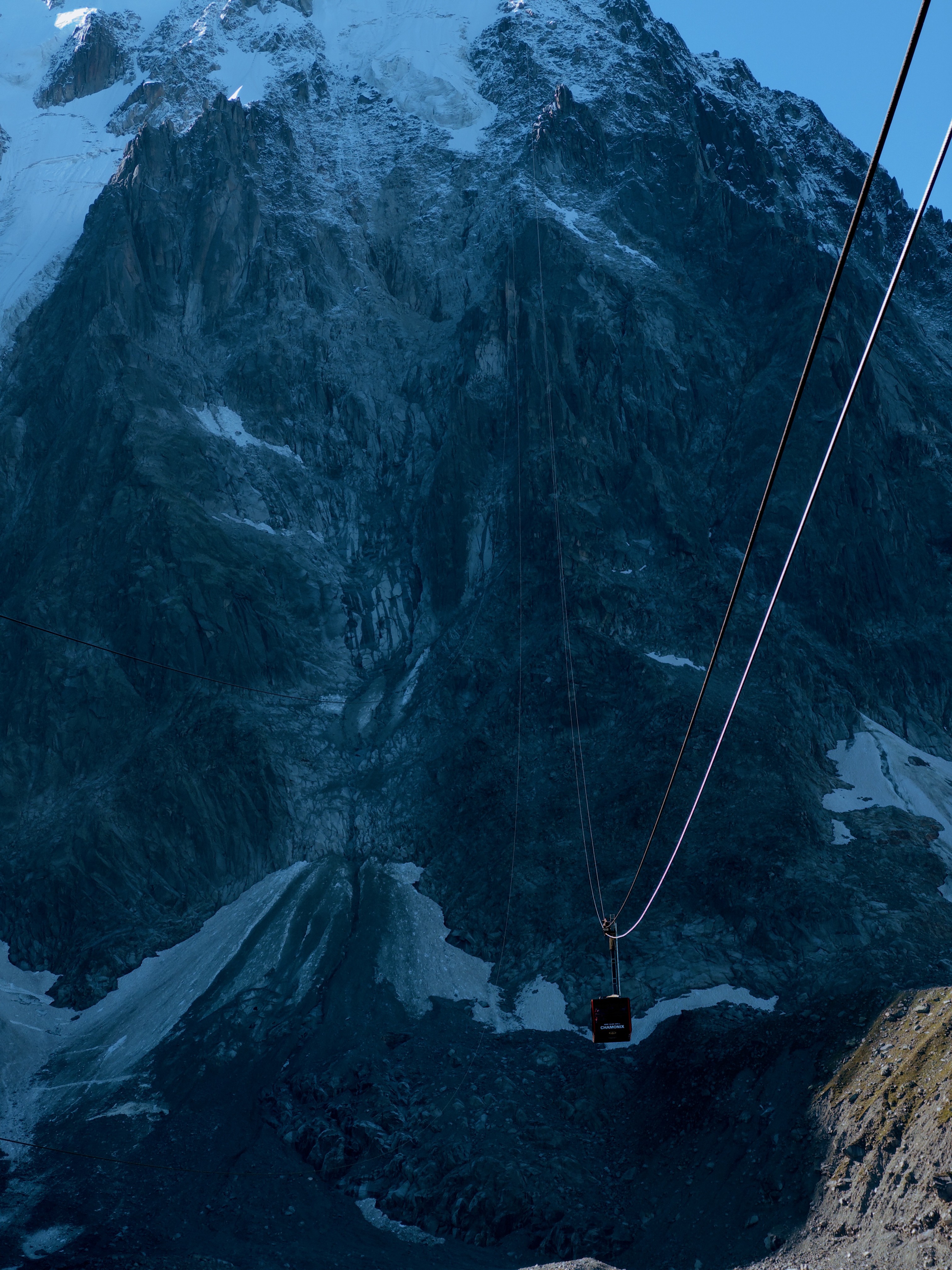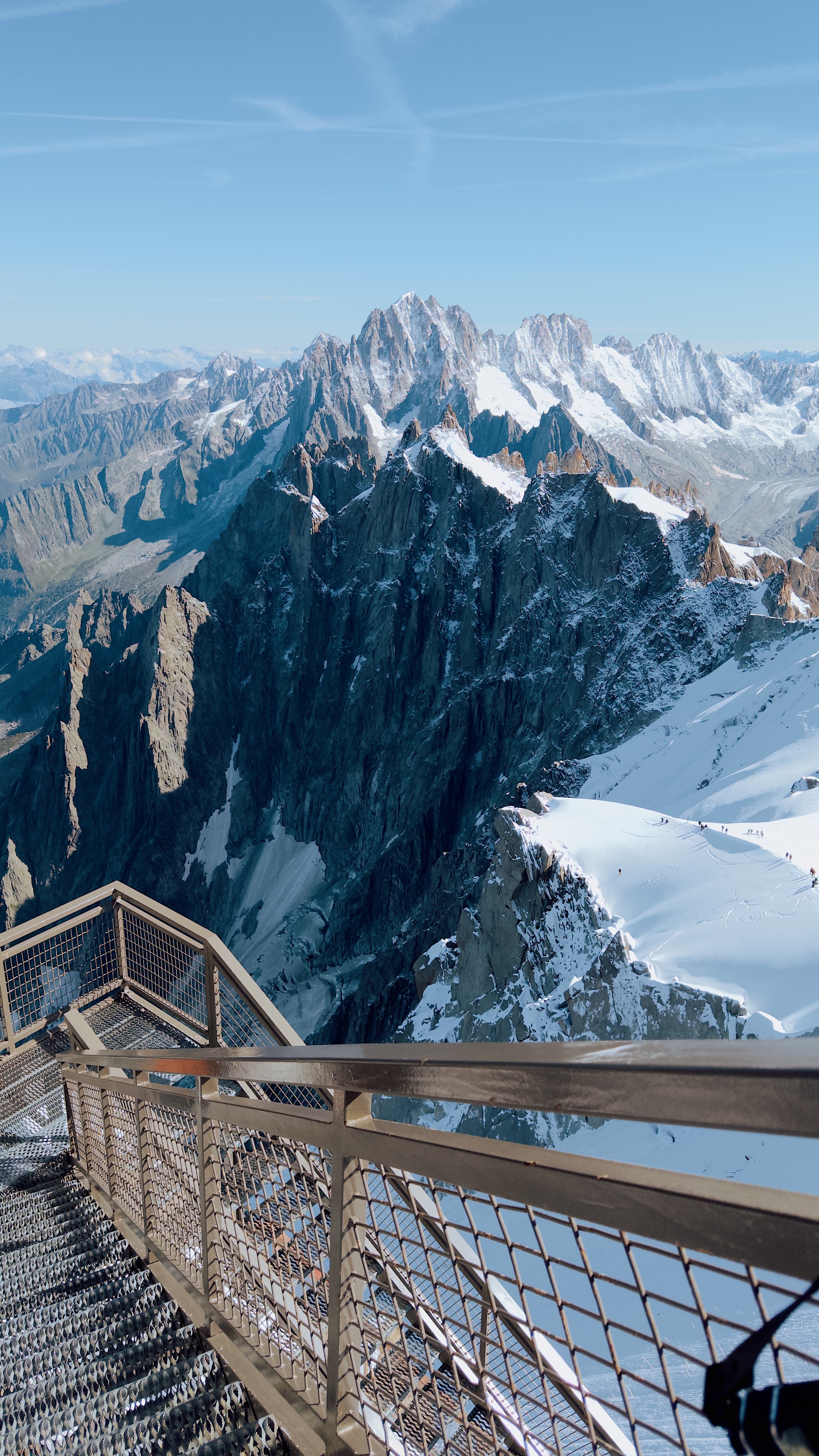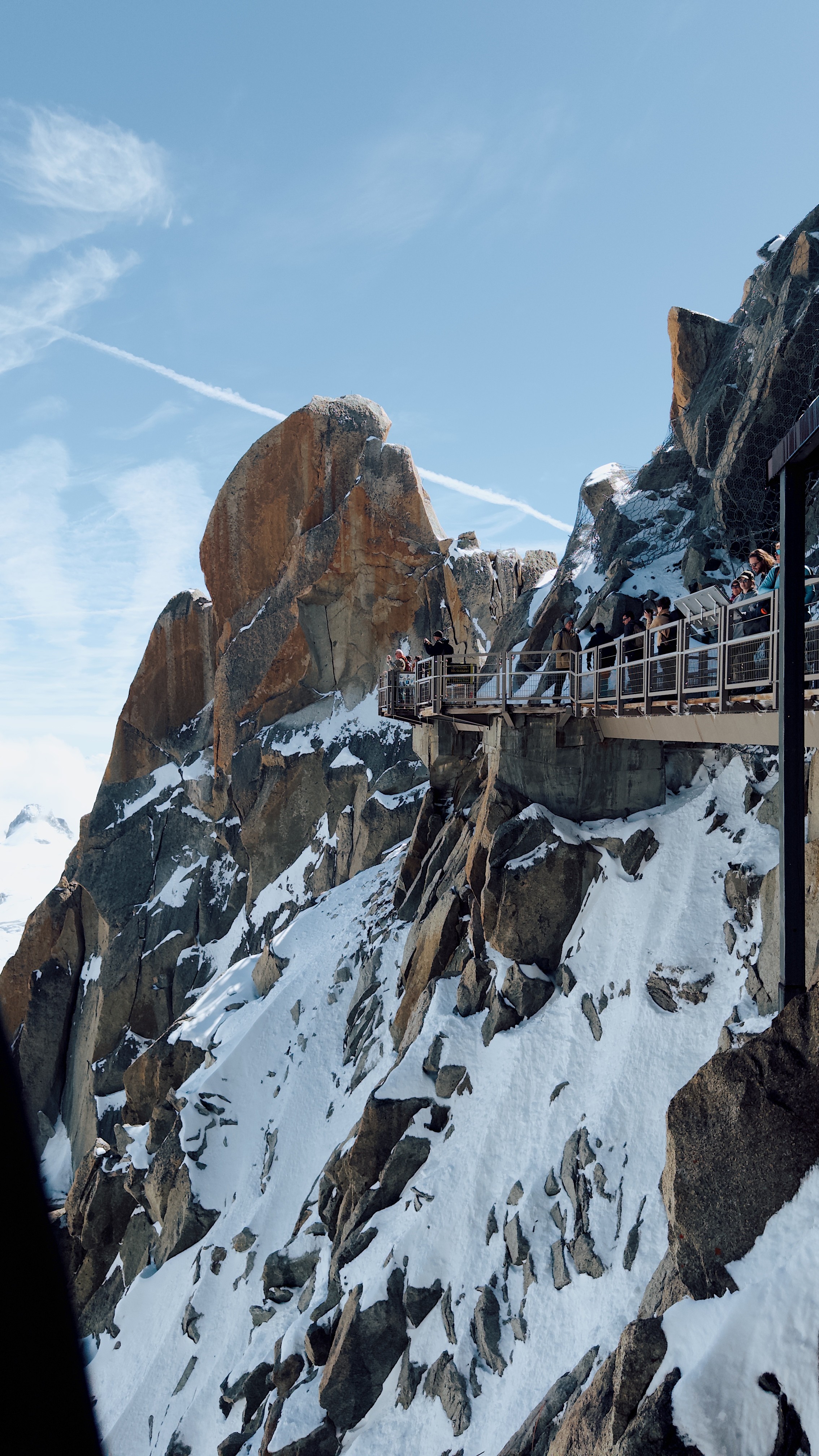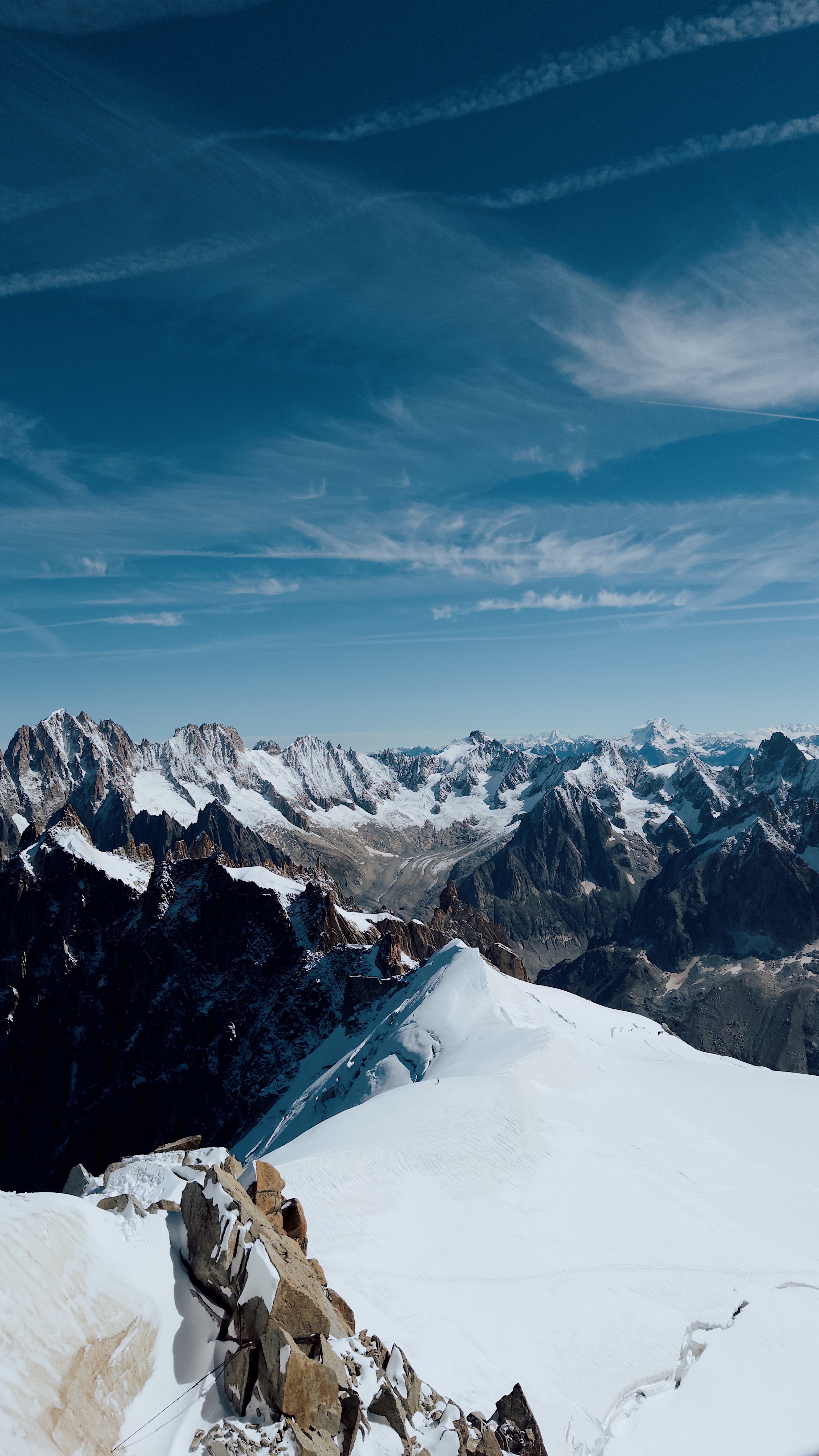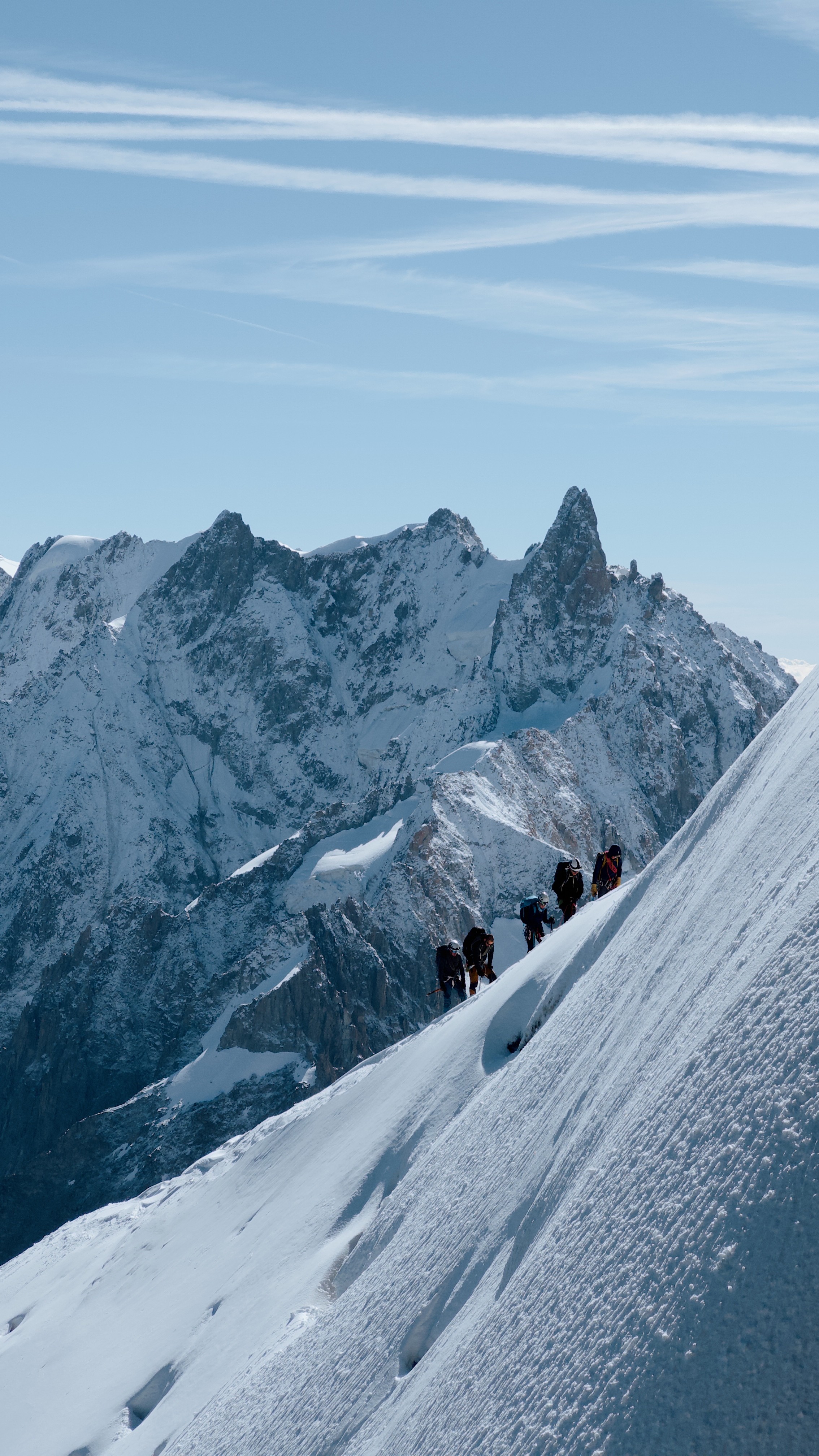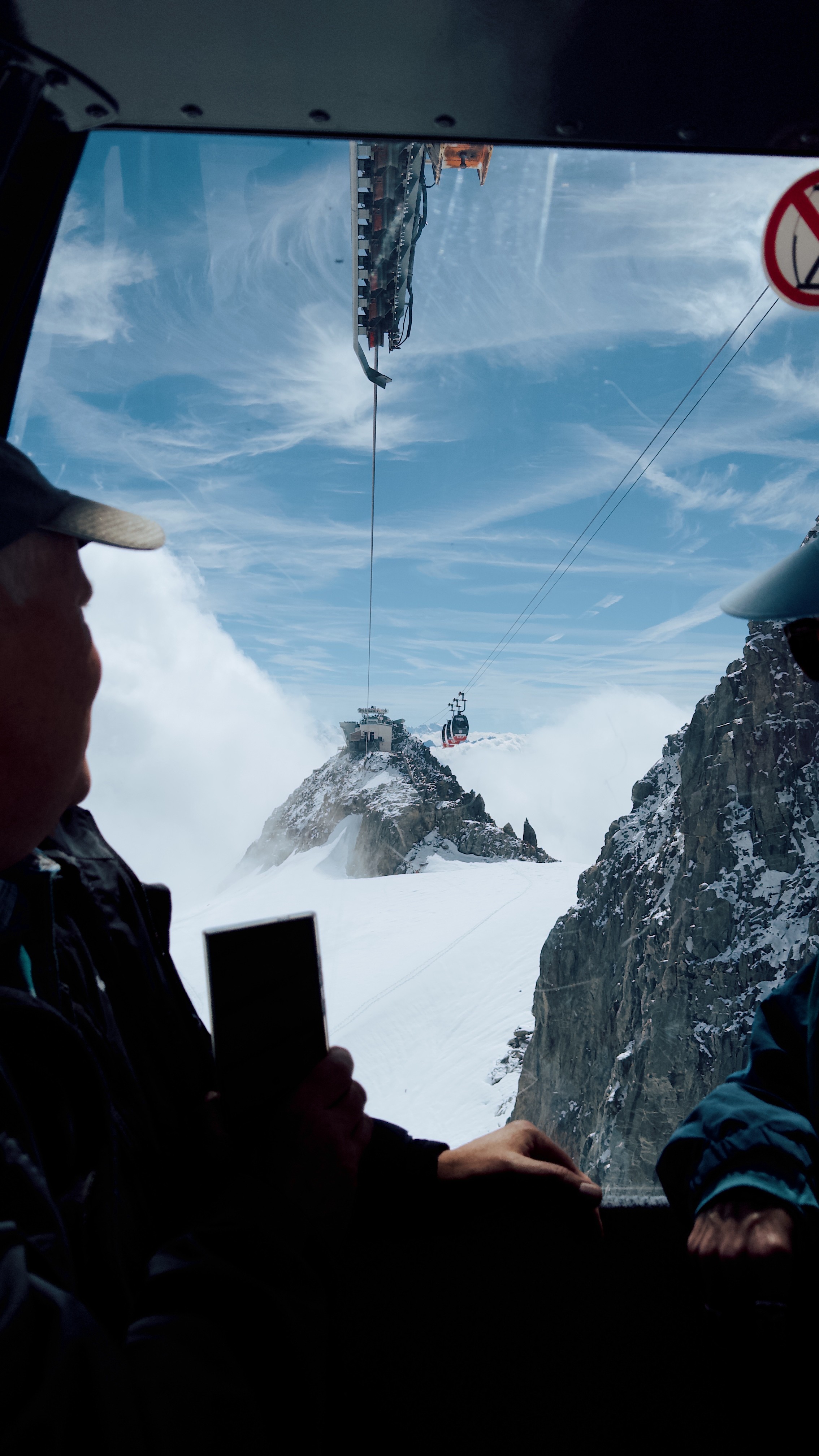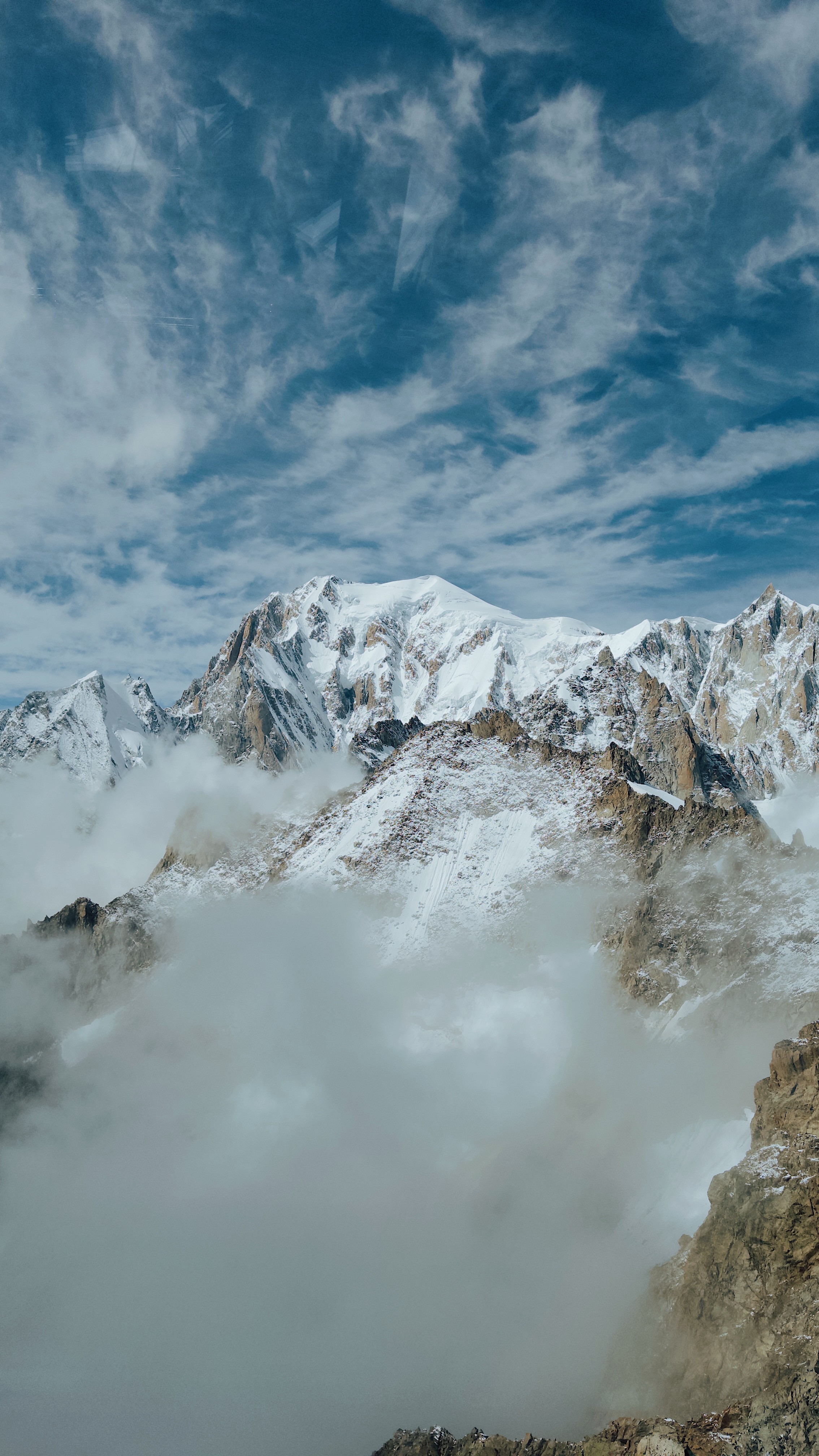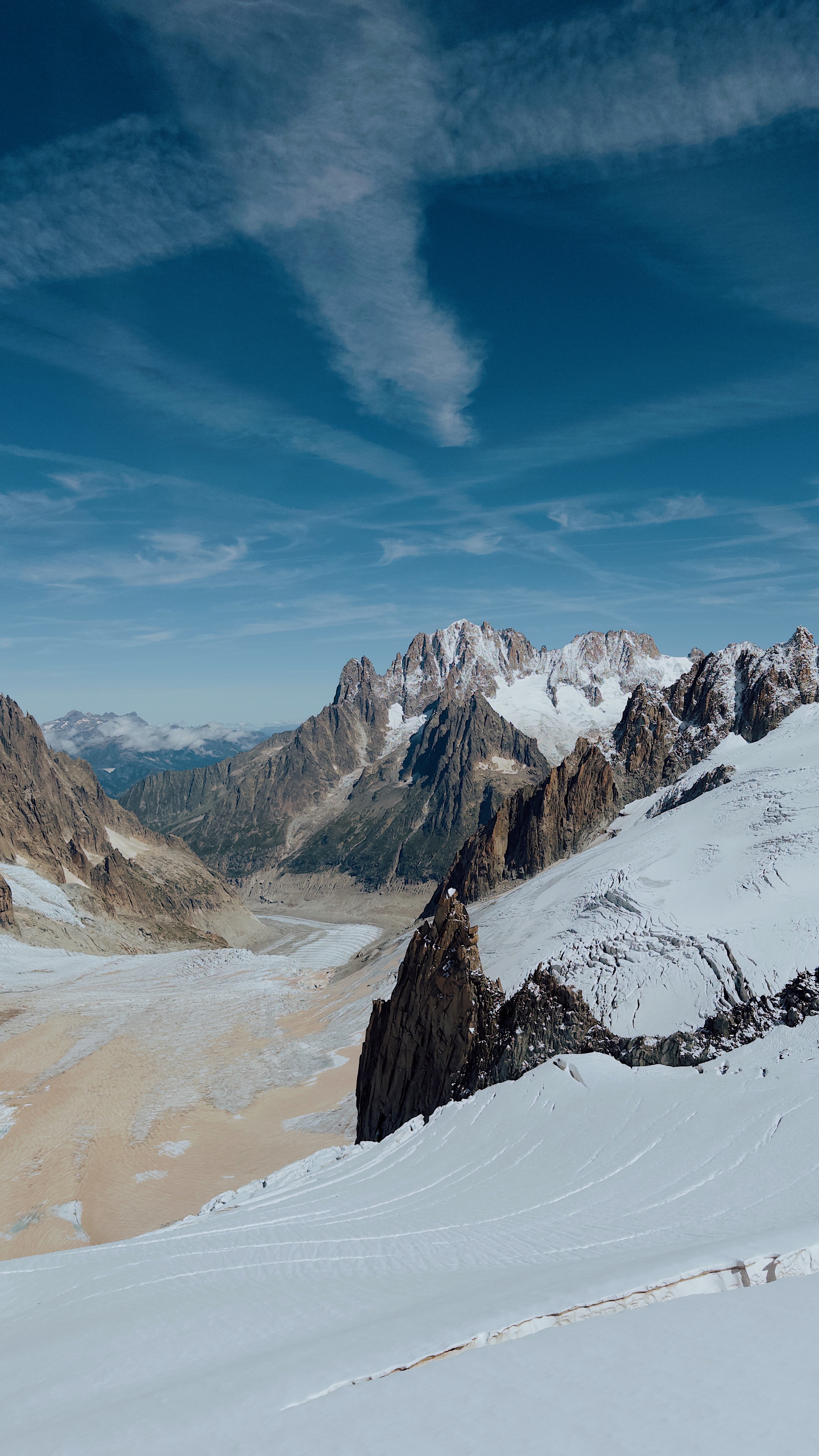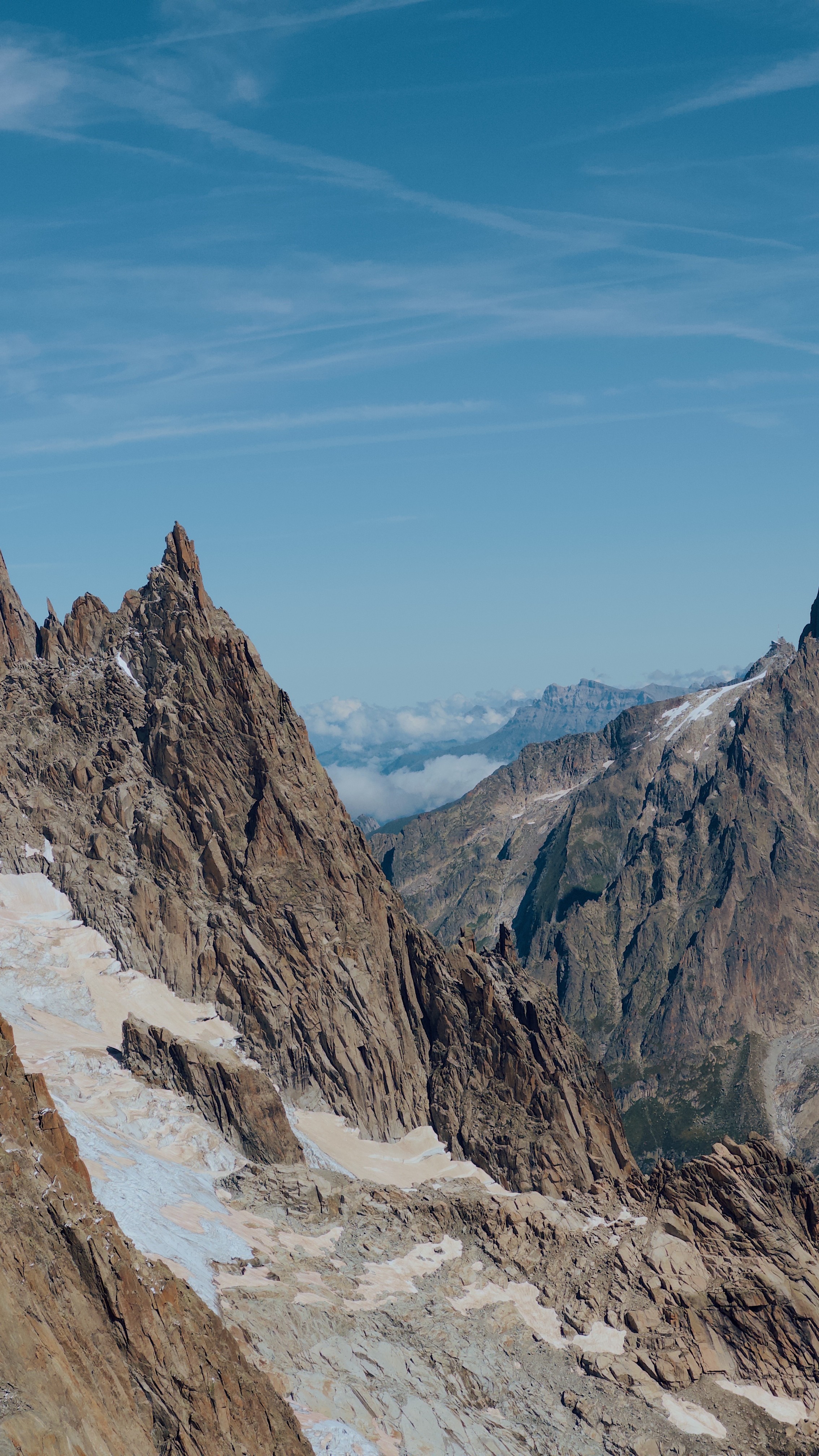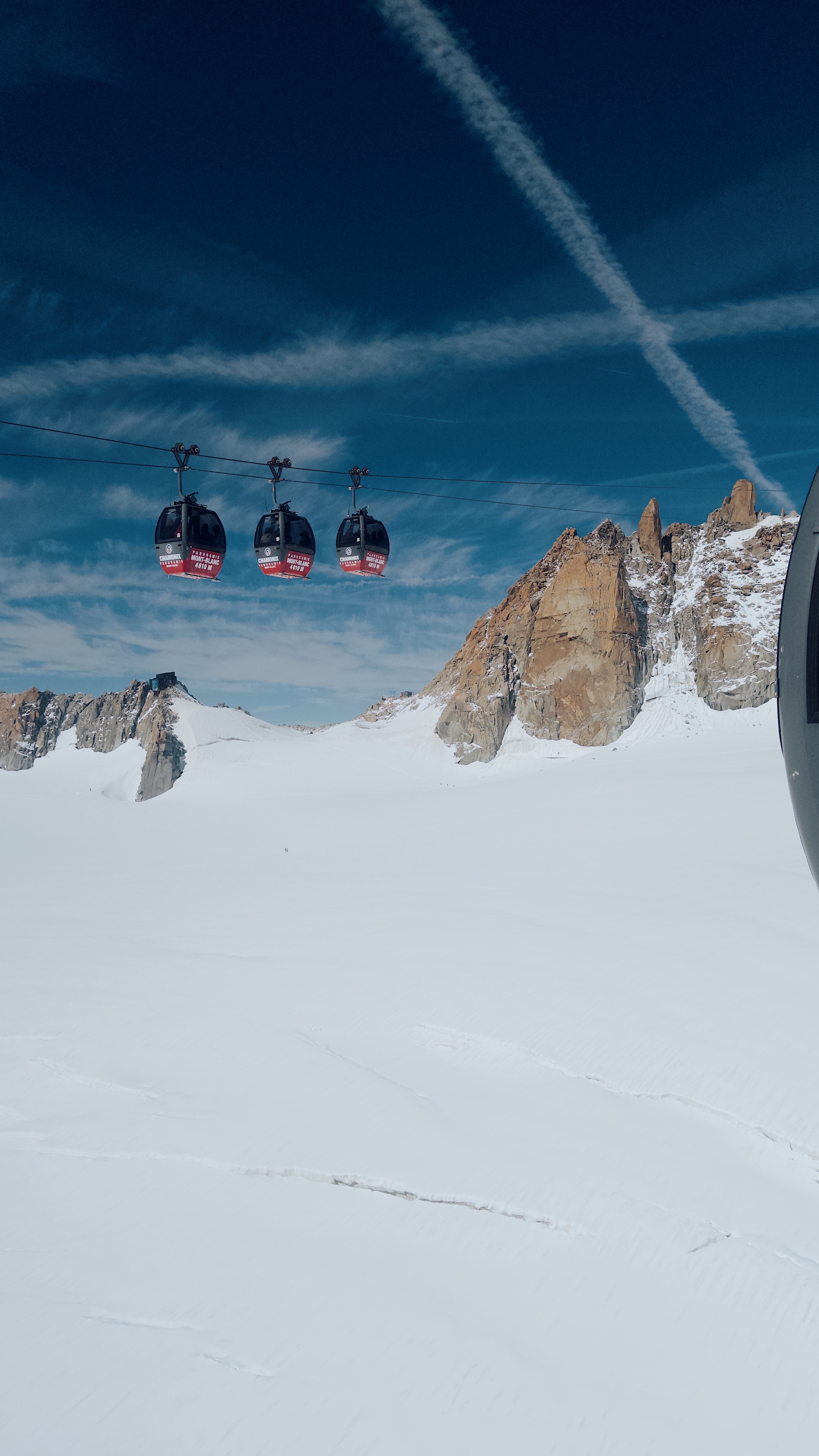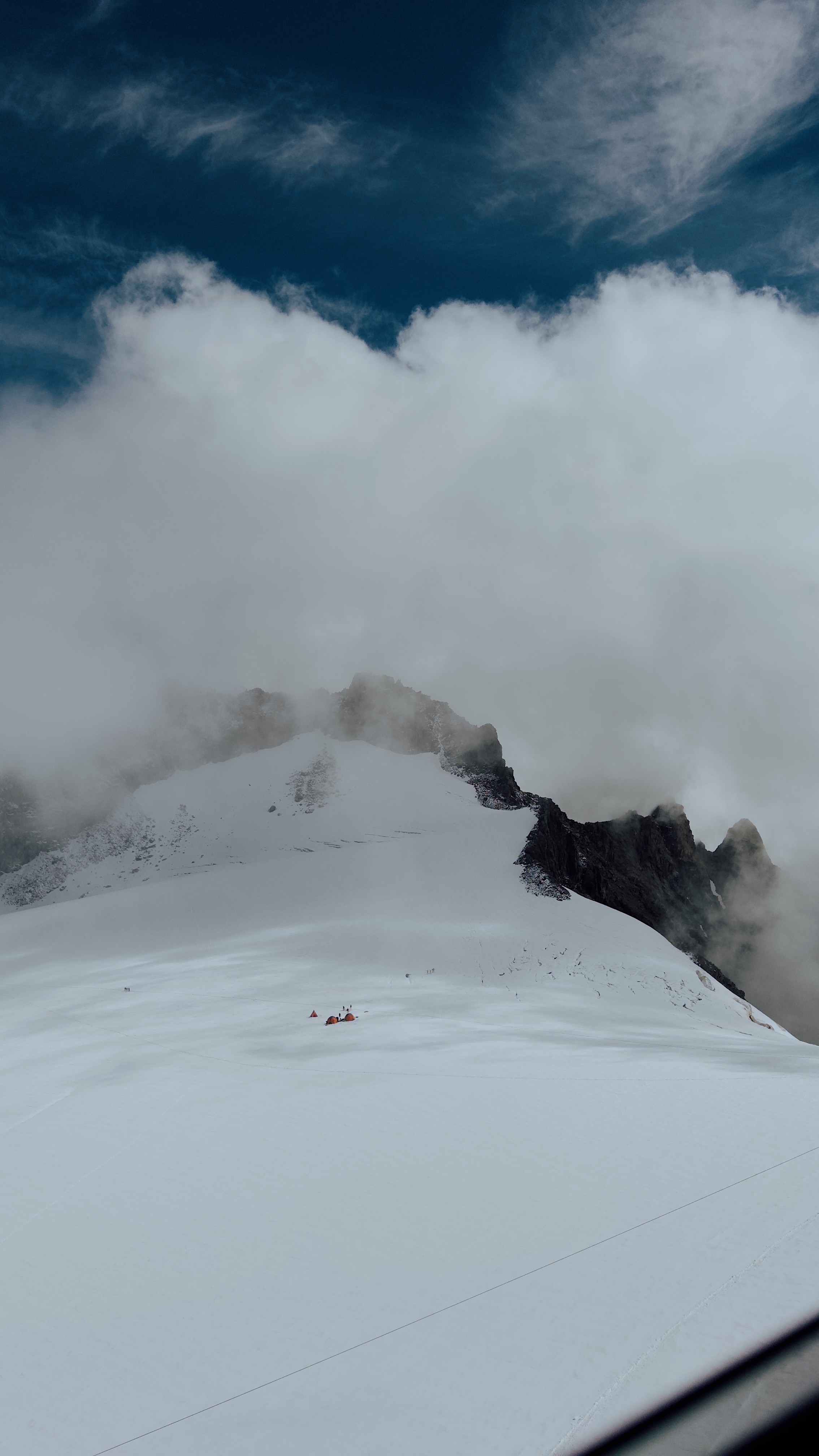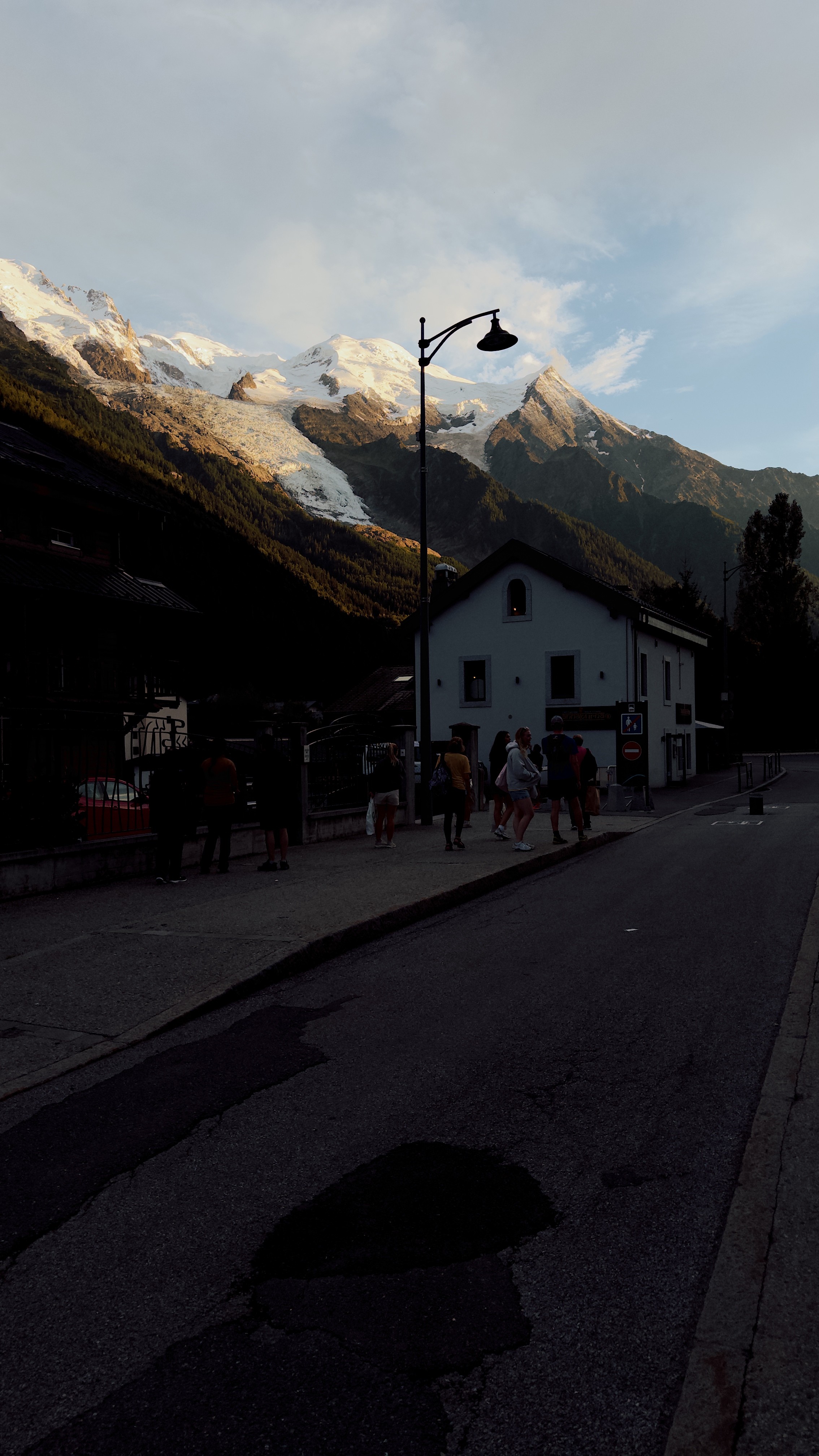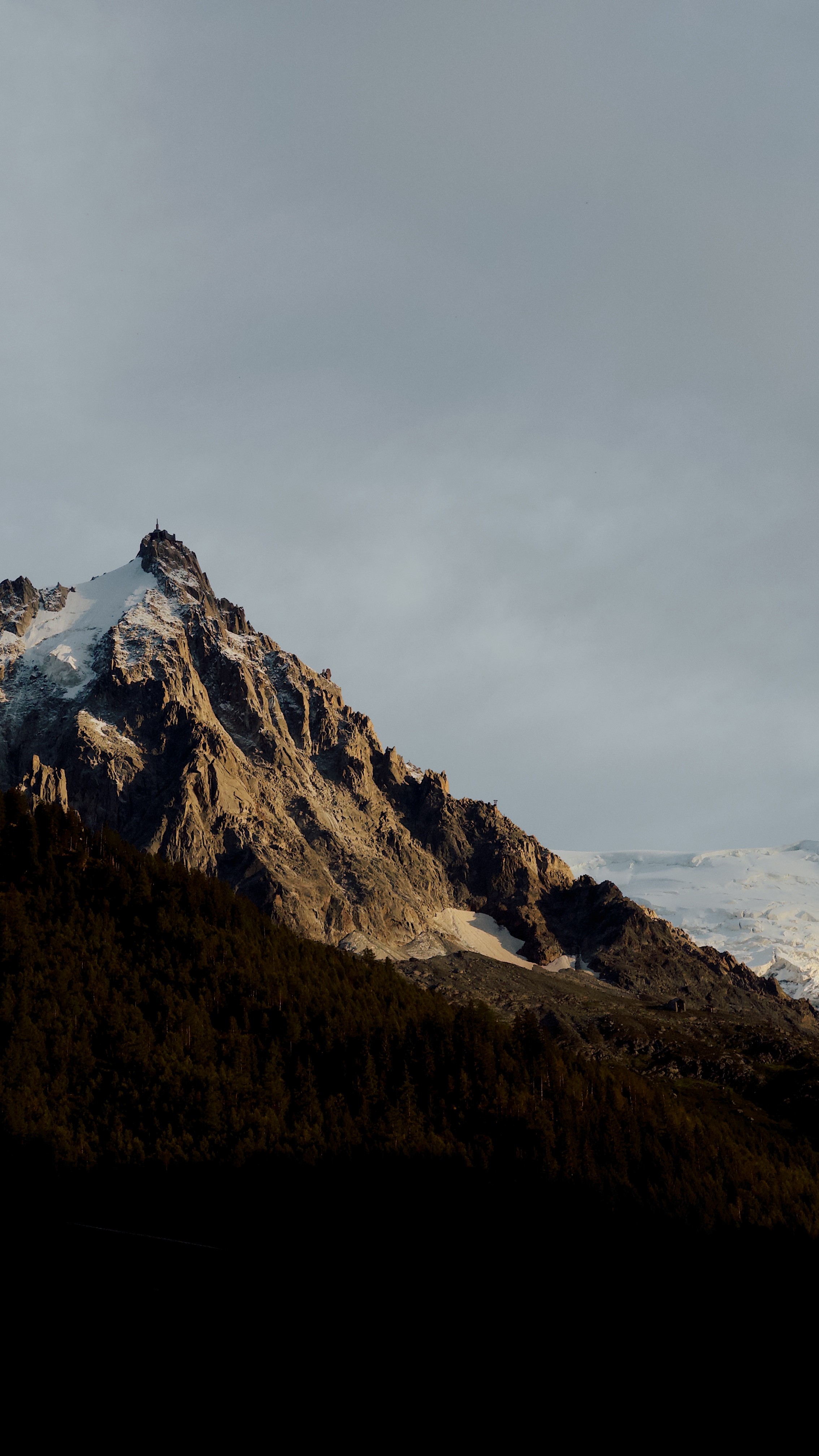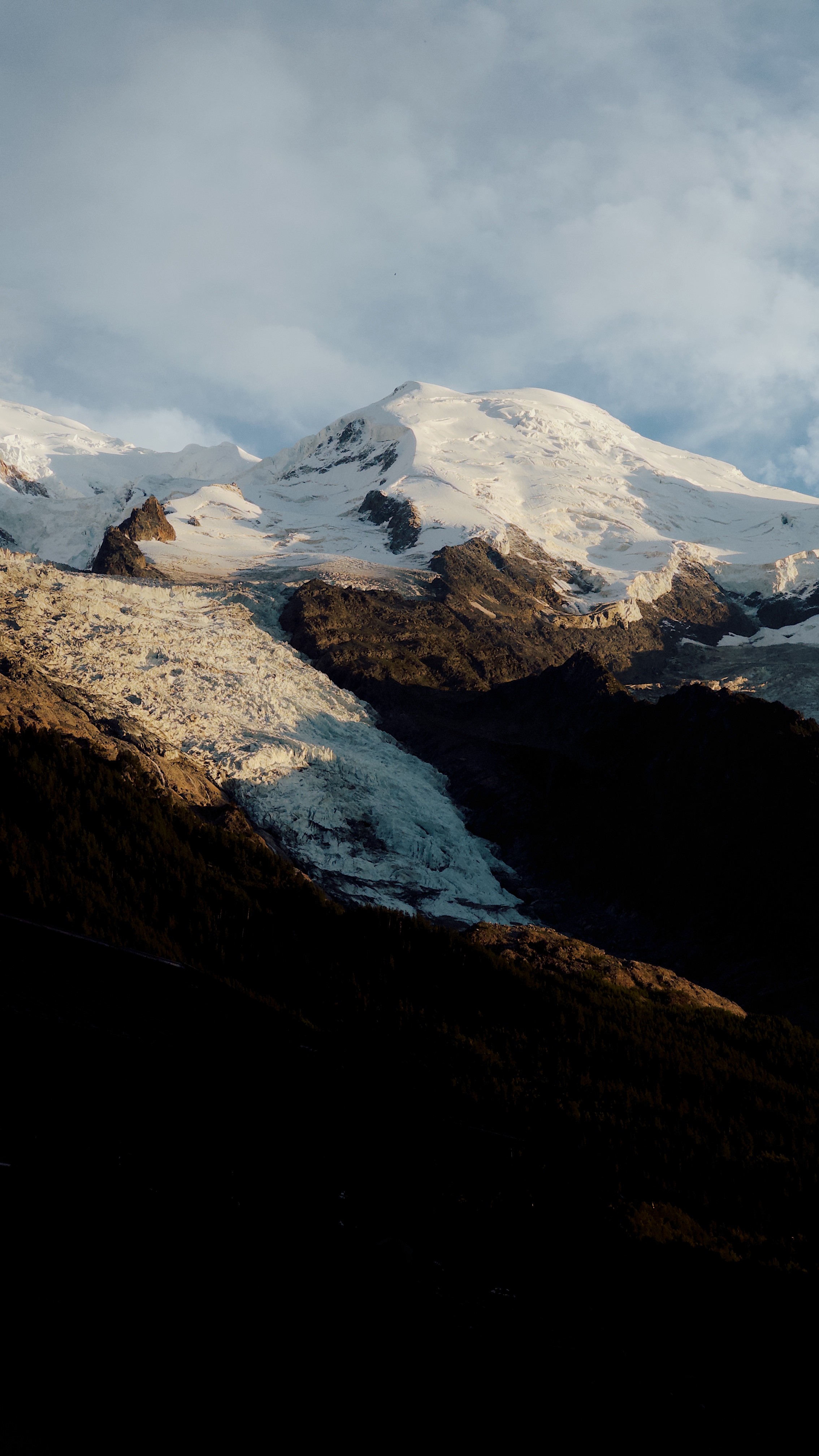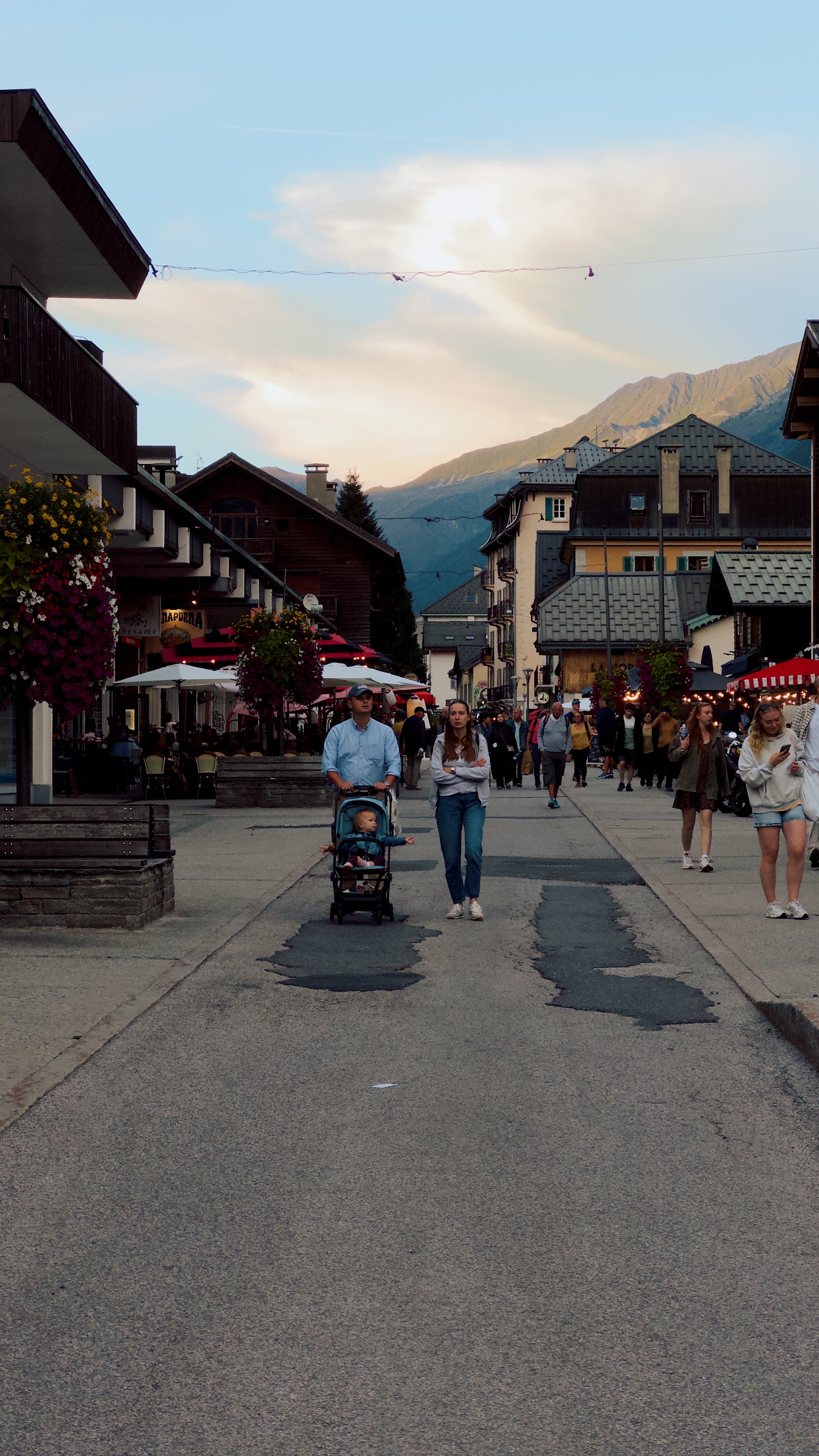When most people plan a trip to the French Alps, skiing or snowboarding down snow-covered slopes usually comes to mind. However, for our trip, we opted for a pre-ski season adventure, choosing to explore Chamonix and Mont Blanc in early September. The thought of towering mountains, crisp alpine air, and breathtaking views of Mont Blanc filled me with excitement. Chamonix, nestled at the foot of these stunning peaks, promised to be the perfect destination for both nature and adventure. Here's a recap of our unforgettable experience!
Paris to Lyon to Chamonix
Instead of driving the full 6+ hours from Paris to Chamonix, we decided to break up the trip and make an overnight stop in Lyon along the way.
We took a 2-hour train ride from Paris to Lyon and spent the night in the charming old center. The next morning, we rented a car at the train station for the scenic 4.5-hour drive to the mountains.
Isn't Chamonix mainly known as a place for skiing?
Chamonix, renowned as an exceptional ski resort and a destination for extreme skiing and hiking, is also a surprisingly stunning place to visit, even if you're not seeking that kind of experience. Early September was the perfect time to visit, because we got the perfect blend of summer weather and scenery at the base of the mountain, and winter-like conditions and views at the summit. I would highly recommend this trip to anyone who appreciates nature, enjoys the challenge of rugged landscapes, and loves breathtaking views.
The forecast matters
First and foremost, this trip—and your overall experience—largely depends on the weather, so it’s best not to book your tickets too far in advance until you have a good sense of the forecast. In the mountains, fog is common, and because you ascend so high, if the weather isn't clear, your view will be obscured by clouds and fog. That said, tickets do sell out quickly, so be sure to secure yours before you go (a couple days in advance should be enough time). Additionally, the earlier in the day you go, the better.
The first cable car: Aiguille du Midi
A ticket to Aiguille du Midi is likely what you'll purchase to reach the main viewpoint of the mountain, which is a popular choice for most visitors. However, this doesn’t have to be your final stop. You can also buy a ticket from Aiguille du Midi to Pointe Helbronner, and step foot into Italy.
The distance between Aiguille du Midi and Pointe Helbronner is approximately 5 kilometers (3 miles). The two peaks are connected by the Vallée Blanche cable car, which takes about 30 minutes to travel between them, offering stunning views of the glaciers and the surrounding mountains. Do not skip this experience!
The first cable car that takes you to Aiguille du Midi is quite large, but only one goes up and one comes down at a time, so they pack in as many people as possible. I felt a bit claustrophobic, but the ride is quick—and steep. As the cable car ascends, you really start to sense the immense height you're reaching. Toward the end of the ride, the car slows as you scale the vertical cliffs, approaching the viewpoint and the infrastructure built into the mountainside.
Aiguille du Midi is most famous for its views of the French, Swiss, and Italian Alps, including an up-close look at Mont Blanc, the highest peak in Western Europe.
Mont Blanc is the highest peak of the mountain, but it isn't accessible by foot or by cable car. You can enjoy incredible views of it though, from your cable car on your way to Pointe Helbronner.
The infrastructure at Aiguille du Midi
The infrastructure at Aiguille du Midi is an impressive engineering feat, built into the steep and rugged terrain of the Mont Blanc massif. Constructed at an altitude of 3,842 meters, the cable cars and observation platforms required innovative techniques to anchor the structure into the sheer rock faces.
Helicopters were used to transport materials, and workers had to brave extreme weather and dangerous conditions to drill into the rock and secure the foundations. Specialized equipment and skilled mountaineers were essential in overcoming the challenges of high-altitude construction, creating a stable yet unobtrusive structure that seamlessly blends into its dramatic natural surroundings.
Comparing Mont Blanc and Aiguille du Midi to other mountains around the world
At 3,842 meters (12,605 feet), Aiguille du Midi offers visitors an incredible vantage point in the French Alps, but it’s still significantly lower than the peak of Mont Blanc, which stands at 4,808 meters (15,774 feet) and is the highest mountain in Western Europe.
When compared to other famous mountains around the world, Aiguille du Midi’s altitude is impressive. Here are some of the other notable towering peaks around the world:
1. Mount Everest – The world’s highest mountain at 8,848 meters (29,029 feet), nearly twice the height of Mont Blanc and more than twice the elevation of Aiguille du Midi.
2. Mount Kilimanjaro – Africa’s tallest mountain stands at 5,895 meters (19,341 feet), still higher than Mont Blanc but much closer in comparison.
3. Mount Denali – The highest peak in North America, Denali rises to 6,190 meters (20,310 feet), making it considerably taller than both Mont Blanc and Aiguille du Midi.
4. The Matterhorn – Located nearby in the Swiss Alps, the Matterhorn reaches 4,478 meters (14,692 feet), which makes it higher than Aiguille du Midi but slightly lower than Mont Blanc.
Although Aiguille du Midi doesn't match the heights of the world's tallest mountains, its steep and dramatic location still offers a unique and exhilarating experience, allowing visitors to feel as though they are on top of the world without the extreme altitudes of Everest or Denali.
To put it into perspective, planes cruise approximately 1.9 to 2.5 times higher than the height of Mont Blanc. Commercial airplanes typically cruise at an altitude of around 30,000 to 40,000 feet (9,144 to 12,192 meters). In comparison, Mont Blanc, stands at 15,774 feet (4,808 meters). This means that airplanes cruise roughly 14,000 to 24,000 feet (4,336 to 7,384 meters) higher than Mont Blanc.. (doesn't really seem like that more more, does it?!)
Feeling the alititude
The altitude at Mont Blanc (4,808 meters) and Aiguille du Midi (3,842 meters) offers a distinct experience compared to other mountains due to the rapid elevation gain and thin air at these heights. If we compare the two peaks:
Aiguille du Midi (3,842 meters):
At Aiguille du Midi, visitors ascend quickly via cable car, and the rapid change in altitude can lead to noticeable physical effects. The air is thinner, containing less oxygen, which can cause slight dizziness, shortness of breath, or mild altitude sickness, especially for those unaccustomed to high elevations. This is how I felt just a few minutes after reaching the summit. The temperature also drops significantly compared to the base, giving you a sudden shift from warmer conditions to a colder, winter-like atmosphere at the summit (it was about 0 degrees celsius when we visited). However, Aiguille du Midi is below the threshold where severe altitude sickness typically occurs, so most visitors experience manageable symptoms.
Mont Blanc (4,808 meters):
For casual visitors at Aiguille du Midi, reaching Mont Blanc itself isn’t possible. However, Mont Blanc’s altitude is higher, and the air is even thinner at this elevation. Climbers who reach the summit must acclimatize properly to avoid severe altitude sickness. At this height, oxygen levels are about 50% of what they are at sea level, and the effects of altitude can be stronger, including fatigue, headaches, and difficulty breathing. For mountaineers, the altitude poses a real challenge, requiring a slower pace and careful planning.
An altitude comparison to other mountains:
Mount Everest Base Camp (5,364 meters): Even at base camp, the altitude is higher than both Aiguille du Midi and Mont Blanc. Climbers and other visitors will feel the effects of altitude much more strongly here, including more intense shortness of breath and the need to move slowly to conserve energy.
Mount Kilimanjaro (5,895 meters): The summit of Kilimanjaro is much higher than Aiguille du Midi or Mont Blanc. At this altitude, the air is thin enough that most climbers experience moderate to severe altitude sickness unless they've acclimatized properly. The ascent though, is much slower compared to the quick ride up Aiguille du Midi.
Mount Denali (6,190 meters): Denali’s altitude pushes the body to its limits, and climbers often experience significant altitude-related symptoms. At this height, the lack of oxygen is a constant challenge, much more extreme than at Mont Blanc or Aiguille du Midi.
The breathtaking and surreal experience really unfolds as you travel from Aiguille du Midi to Pointe Helbronner in the cable car. From these heights, you can spot alpinists making their way across the snow-covered ridges and glaciers. These climbers appear almost like tiny dots against the vast, untouched landscape, highlighting the sheer scale of the surrounding mountains.
Experiencing different conditions
The conditions at Mont Blanc and Aiguille du Midi vary dramatically depending on the location and altitude, creating a diverse landscape that ranges from rocky, glacier-like terrain to snow-covered expanses. The conditions shift as you move around the mountain, mostly featuring exposed glaciers alongside snowfields.
Near the observation platforms, you’ll encounter areas where the rocky cliffs are exposed, giving way to jagged peaks and craggy surfaces. As you explore higher up, you’ll notice the transition to glaciers, where ice dominates the landscape. These glaciers are ancient, their bluish tint visible beneath layers of compressed snow and ice. If you spot a bright blue section of ice below, it indicates that the glacier has recently fractured, revealing fresh ice underneath.
Pointe Helbronner
Along with your ticket to Aiguille du Midi, I highly recommend purchasing one for Pointe Helbronner as well. This separate cable car ride takes about 30 minutes each way, with scenic intermediate stops on the way to Italy.
This was the most beautiful part of the trip! You can buy your ticket when you get to the top of Aiguille du Midi (you don't need to buy in advance).
On your way to Pointe Helbronner, you'll see the glaciers around Mont Blanc and Aiguille du Midi are more pronounced, with crevasses and deep ice formations that reveal the mountain’s glacial history. In the summer, these areas may appear more glacier-like than snow-covered, offering a sharp contrast to the deep snow that blankets much of the mountain's upper reaches. The ice on these glaciers can be dangerously deep, with some crevasses plunging tens of meters, creating hazardous conditions for climbers and hikers.
Exploring the village of Chamonix
As I previously mentioned, the earlier you ascend the mountain, the better. Like most ski resorts and mountains, they close around 4 PM, so it's important to give yourself enough time to explore, hike, and account for potential wait times if it's busy.
Spending the evening in the village is a beautiful experience, and one of the many reasons it was great to visit in early September, when it's still summer. As the sun sets, the mountain is bathed in warm light, gradually fading into shadow as night falls, offering a new perspective on its beauty. The village comes alive with people, restaurants, and music, creating a vibrant atmosphere and making it the perfect way to end the day.
Additional activities to consider exploring
We didn't have time to do everything, so next time we plan to:
Hike through the glaciers and discover the ice tunnel at the first cable car stop at Aiguille du Midi.
Try paragliding from the peak facing Aiguille du Midi. Paragliders were soaring off the side of the mountain all day, filling the sky with their colorful parachutes.





